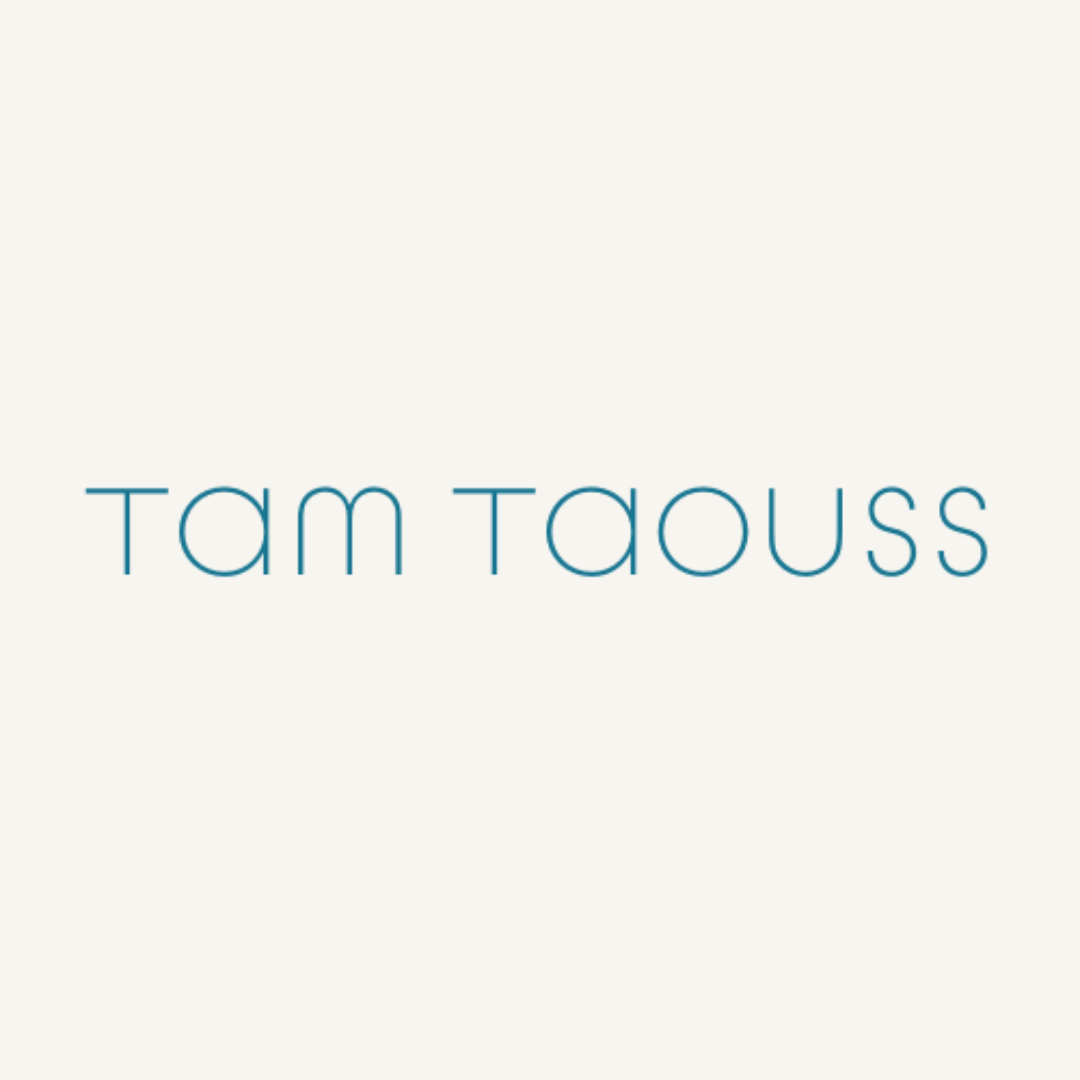Frequently Asked Questions
Q1. What is Vedic Meditation
Vedic Meditation is a simple, natural technique from the ancient Vedic tradition of India. It uses a personalised sound, or mantra, to settle the mind into a state of deep rest while remaining fully awake and aware. Unlike other forms of meditation that require focus or concentration, Vedic Meditation is effortless, making it accessible for anyone.
Q2. How is it practiced?
The practice involves sitting comfortably with eyes closed and silently repeating your personal mantra for about 20 minutes, twice a day. You don’t need to sit cross-legged or in silence for hours; the technique is designed to fit into busy modern lifestyles.
Q3. Why meditate?
Meditation helps release stress at its root, calming the nervous system and restoring balance to the body and mind. The benefits ripple into all areas of life: better sleep, reduced anxiety, more energy, increased creativity, stronger relationships, and a greater sense of clarity and resilience.
Q4. What is mantra?
The mantra allows the mind to move beyond surface-level thoughts into a quieter, deeper state of awareness. As the body enters this restful state, it dissolves stored stress and fatigue, leaving you refreshed, recharged, and more present in daily life.
Q5. Is Vedic Meditation for Me?
Yes. Vedic Meditation is designed for people from all walks of life—whether you’re a busy parent, student, professional, or retiree. No prior experience is needed, and the practice is tailored to each individual, making it accessible regardless of lifestyle or background.
Q6. When Will I See the Benefits?
Many people notice changes (such as better sleep, calmer mood, or increased focus) within the first few days of practice. Over time, as stress is released more deeply, the benefits become cumulative and long-lasting.
